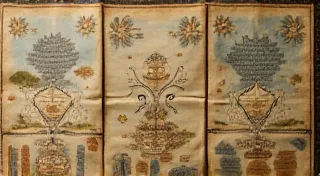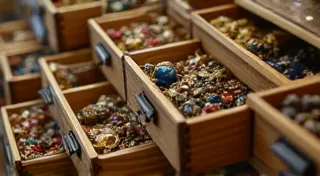Paper Constellations: The Art of Bookmark Composition and Arrangement
There’s a quiet beauty in the ephemeral. We chase after grand monuments, sweeping landscapes, and enduring legacies, often overlooking the delicate whispers of the past held within the smallest of objects. A vintage button, a chipped teacup, a faded photograph… and, yes, a bookmark. Collecting vintage bookmarks isn't just about accumulating paper; it’s about preserving tiny fragments of stories, aesthetic sensibilities, and the human touch of a bygone era. It’s about appreciating miniature constellations formed from paper and ink.
My own fascination began, as many such passions do, almost accidentally. I was rummaging through a box of my grandmother’s belongings after she passed, a bittersweet duty that unearthed a trove of forgotten treasures. Amidst the lace doilies and pressed flowers, I found a small, velvet pouch. Inside, nestled like precious jewels, were a dozen bookmarks. They weren't uniform; each was a unique testament to a different era, a different design sensibility. One was a delicate, Art Nouveau fan, hand-painted with irises. Another, a sturdy accordion-style bookmark made of embossed leather, its edges softened by years of handling. A third, a simple piece of printed cardstock advertising a long-defunct bookstore.
That moment, holding those little paper fragments, felt like holding a secret. A glimpse into my grandmother’s reading life, her tastes, her memories. It sparked a curiosity that blossomed into a full-fledged collecting passion. I realized these weren’t just objects; they were miniature artworks, carefully composed and arranged—a tiny gallery of paper treasures.
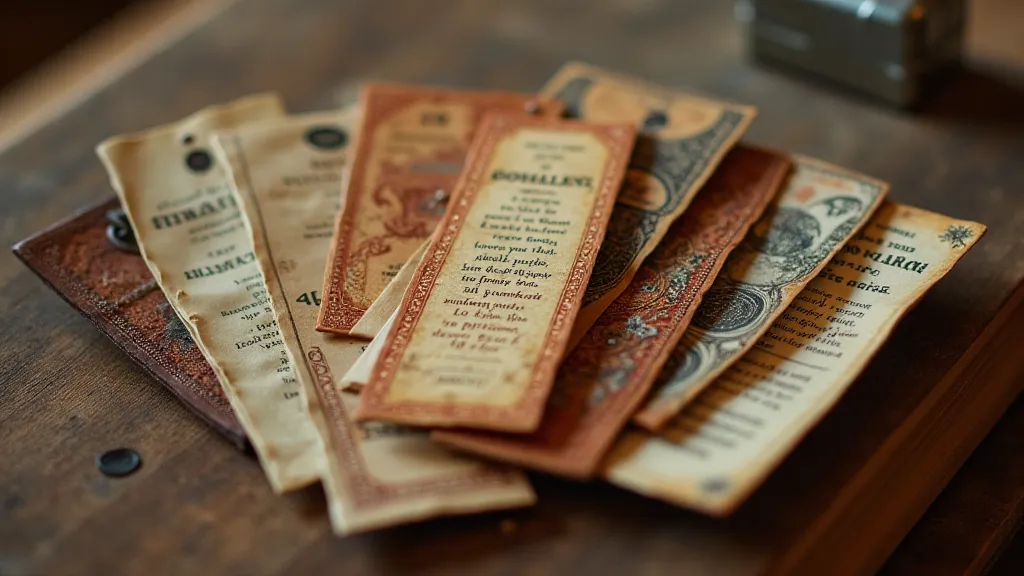
The Evolution of the Bookmark: More Than Just a Place Holder
The history of the bookmark itself is surprisingly rich. While we often think of bookmarks as modern accessories, the practice of marking one’s place in a book dates back millennia. Ancient civilizations used strips of leather, fabric, or even pressed plants. The development of paper in China revolutionized bookmaking, naturally leading to a wider adoption of dedicated markers. Medieval monasteries meticulously crafted embroidered silk markers for illuminated manuscripts, demonstrating the value placed on preserving and respecting these priceless works. Understanding the complete journey of these objects—from folio to favour—highlights their enduring significance.
The Victorian era witnessed a surge in bookmark production, coinciding with the rise of mass-produced books and a growing middle class eager to embrace leisure reading. Bookmarks transitioned from utilitarian objects to fashionable accessories, often incorporating intricate designs, elaborate engravings, and sentimental embellishments. Mourning bookmarks, printed with photographic portraits of deceased loved ones, were particularly popular—a poignant reminder of the era's preoccupation with mortality. The Art Deco period brought a more streamlined and geometric aesthetic, reflected in bold typography and stylized imagery.
The Craftsmanship of a Forgotten Art
Examine a vintage bookmark closely, and you’re likely to be struck by the level of craftsmanship. Many were hand-painted, hand-stitched, or embossed. The quality of the paper itself speaks volumes. Thick, textured cardstock, often watermarked with intricate patterns, was a mark of prestige. The inks used were often rich and vibrant, showcasing the skill of the printers and engravers. The accordion-style bookmarks, in particular, are a testament to the patience and precision of the craftspeople who made them. Consider the delicate folds, the secure binding—a miniature feat of engineering.
These bookmarks were often produced in small batches, sometimes even individually made, making each one a unique and irreplaceable artifact. The wear and tear – the foxing, the creases, the faded colors – are not flaws but rather evidence of a life well-read, a story embraced. These imperfections tell a narrative far more compelling than any pristine, untouched example ever could. For those interested in learning more about the artistry and techniques behind recreating these exquisite artifacts, exploring projects detailed in Ephemeral Echoes: The Art of Recreating Vintage Bookmark Designs can provide inspiration and guidance.
Arranging Your Constellation: Display and Appreciation
The beauty of collecting vintage bookmarks extends beyond the acquisition itself. It's about the arrangement, the display, the creation of a visual narrative. Imagine a shadow box showcasing a collection of Art Nouveau bookmarks alongside a few examples from the Edwardian era. Or perhaps a series of framed displays, each telling a different story—a history of a particular publisher, a celebration of a specific literary genre.
When arranging your collection, consider the principles of design. Color harmony, visual balance, and thematic coherence can elevate your display from a mere accumulation of objects to a truly captivating art form. Don't be afraid to experiment. Group bookmarks by color, by style, or by era. Create visual dialogues between seemingly disparate pieces. Recreating the designs of bookmarks from bygone eras can be a rewarding creative pursuit, allowing collectors to truly appreciate the artistry involved. It’s a journey of understanding the delicate processes and design choices that define these miniature treasures.
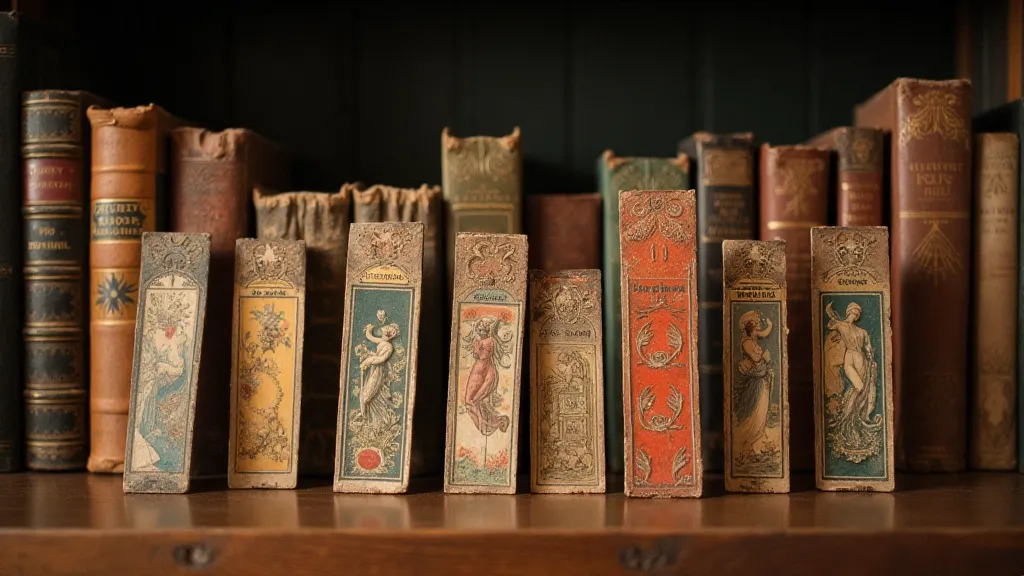
Restoration & Preservation: Gentle Care for Delicate Treasures
Preserving vintage bookmarks requires a delicate touch. Avoid direct sunlight, which can fade the colors and weaken the paper. Store your collection in acid-free sleeves or boxes to protect them from moisture and pollutants. Handle them with clean hands, and avoid bending or creasing them unnecessarily.
Minor restoration can sometimes be undertaken, but proceed with caution. A soft brush can be used to remove surface dust. For more serious damage, consult with a professional paper conservator. The goal is to stabilize the bookmark and prevent further deterioration, not to attempt a complete restoration to its original condition. Remember, the beauty lies in the history, the wear, the stories etched into the paper. The subtle marks of time, the faded ink—these are testaments to a life lived with literature.
The Allure of Design: A Deeper Dive into Bookmark Styles
Beyond the functional aspect of holding one's place, vintage bookmarks are valuable indicators of design trends across the ages. From the elaborate Art Nouveau motifs to the streamlined geometric patterns of Art Deco, these small objects reflect the broader artistic movements of their time. Examining them provides a fascinating insight into the aesthetics of past generations.
Consider the evolution of typography as reflected in bookmark designs. Early examples often feature ornate, hand-lettered fonts, while later examples incorporate the bold, sans-serif typefaces that became popular in the 20th century. This evolution provides a tangible link to the history of graphic design and the changing face of visual communication.
More Than Paper: A Connection to the Past
Collecting vintage bookmarks is more than just a hobby; it’s a connection to the past. Each bookmark is a tangible link to a bygone era, a window into the lives of those who read and cherished them. They are reminders of a slower pace of life, a time when reading was a cherished pastime, and books were treasured possessions. The echoes of those past lives resonate within each fragile piece of paper, inviting us to pause and reflect on the stories they hold. The very essence of these bookmarks whispers of forgotten lives and moments in time.
Imagine the hands that once held these bookmarks, the eyes that scanned the pages beneath them. Each crease, each stain, speaks of a story untold, a journey embarked upon. These small artifacts become portals to the past, offering glimpses into the reading habits and aesthetic preferences of previous generations. They invite us to consider not only the books themselves but also the context in which they were read and enjoyed.
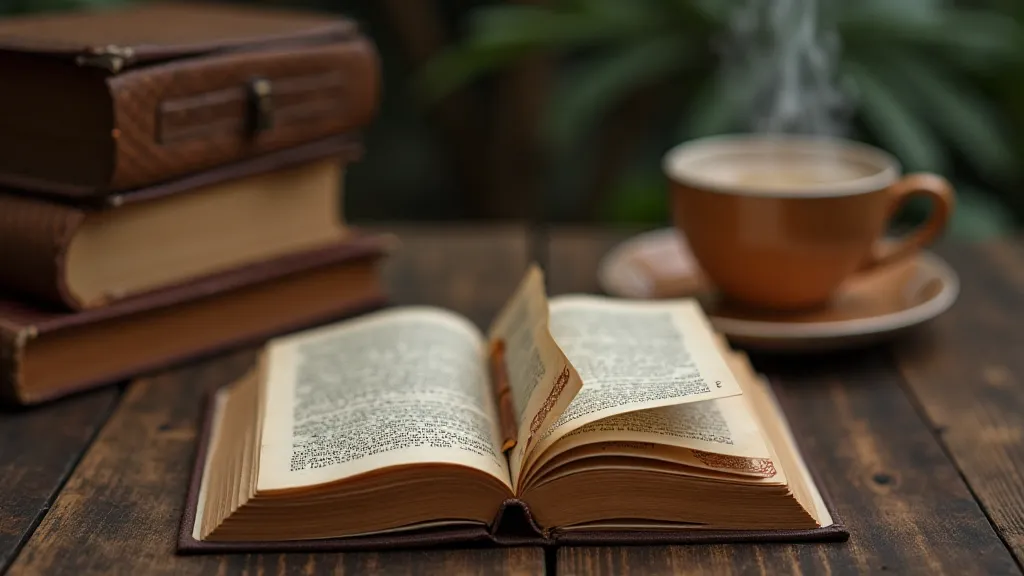
Ultimately, the allure of these fragments lies in their ability to evoke a sense of nostalgia and connection to a world that has passed. They offer a tangible link to the stories, tastes, and experiences of previous generations – reminding us of the enduring power of the written word and the beauty of handcrafted objects. For those seeking further exploration of paper preservation techniques and methods for minimizing damage to these fragile heirlooms, resources detailing preservation practices can be invaluable.
Collecting these miniature works of art is a journey of discovery, an opportunity to connect with the past and appreciate the beauty of the seemingly insignificant. It's a reminder that even the smallest of objects can hold profound meaning and offer a glimpse into a world that has vanished. It’s a continuing fascination that draws enthusiasts closer to the historical nuances of these little treasures.
Consider the intricate details often found in mourning bookmarks, reflecting the Victorian era's profound connection to grief and remembrance. Or the bold, vibrant colors of Art Deco bookmarks, indicative of a period of optimism and innovation. Each bookmark is a microcosm of a larger cultural narrative, offering a unique and valuable perspective on the past.
